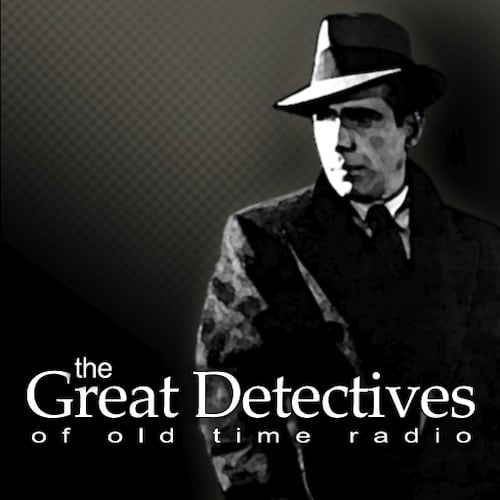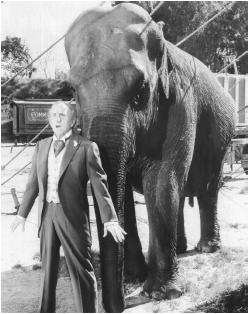The 2010 First Series of Sherlock introduced a clever re-imagining of what the character of Sherlock Holmes would look and act like if he were born in modern times. Episodes were based very loosely on original Doyle stories, though they added their own twists.
Series 2 has some of the appeal going, but too often heads off the rails into extreme improbabilities that takes its post-modern approach way too far.
To begin with, the series opener, A Scandal in Belgravia radically changes the character of Irene Adler from a brilliant talented opera singer to a clever sex worker. The episode works fairly well up to the point as she ends up leaving her locked camera phone with Sherlock for safekeeping, attracting the attention of the CIA, who want the contents of the phone. Sherlock needs to unlock the phone to find the secrets it holds but has to move carefully as he can only make four attempts. But breaking this cypher is beyond him. The battle with Adler has a somewhat satisfying conclusion, despite a few turns that are implausible such as an unbelievable faked death and an ending that was simply impossible.
The episode included an absolutely amazing heart to heart conversation between Holmes and brother and fellow sociopath Mycroft wonder what it’s like to feel things. Really. I felt like the conversation was reworked from a vampire movie to apply to a sociopath.
From a social standpoint, “Scandal in Belgravia” represented a serious downgrade of Adler both in terms of character and mental acumen. Stephen Moffatt insists that he’s defined the characters accurately and that they both “are clearly defined as deranged – it’s love among the mad. He’s a psychopath, so is she.” I would challenge anyone to read, “Scandal in Bohemia” and come away with the conclusion that Irene Adler was a psychopath.This was Moffat’s decision to play to today’s audiences and it had little to do with the way Doyle originally told the story.
Rating: B
The Hounds of Baskerville
This updating of The House of the Baskervilles to modern day best captured what made Series 1 work well. The story took the basic plot and put a modern day spin on it. A young man named Henry Knight believes his father was murdered by a giant hound more than twenty years previously and that it occurred as a result of government experiments occurring at Baskerville.
Holmes and Watson get into the government facility using Mycroft identification to bypass security and gather a few quick points that make Henry’s father’s theories seem plausible. Then Sherlock actually goes out on the moor at night with Henry and encounters the H.O.U.N.D. and finds himself gripped by true terror.
The mystery is cleverly done and as it turns out, there are two parts to the mystery: the first being what caused Henry’s death and the second is what’s behind all these other sightings of the Hound. Watson plays a prominent role in each. The solution is off the wall, but certainly not out of bounds for this type of story.
Rating: A
The Reichenbach Fall begins promisingly enough when Holmes begins to rise to fame by solving a series of celebrated cases beginning with recovering a stolen painting of The Reichenbach Falls (where Doyle killed off Holmes in 1893). At the same time, Moriarty breaks into the case containing the crown jewels, opens the vault of the Bank of England, and unlocks the doors of Pentonville Prison simultaneously. Moriarty is arrested and then acquitted by threatening all the jurors.
He then proceeds with a plan to discredit Holmes after a visit to Baker Street and assassins move in all around Holmes. Holmes solves the mystery of two kidnapped children of the Ambassador to the U.S. and then the wheels start to fall off. Because the kidnapped girl screams when she sees Sherlock, Sgt. Sally Donovan reaches the astonishing solution that Sherlock must have done it as he was the only one who could have solved the case and he did it all on the basis of one footprint. Of course, she doesn’t add that it also included analyzing all the elements present in that footprint which was far more complex.
The story then turns to Moriarty’s attempts to discredit Holmes capped off by the allegation that there was no Moriarty but that Holmes had hired an actor to play the part and that Holmes faked all of his cases. This blew the mind of some reviewers who praised the piece, mine was unblown after about twenty seconds when I thought, “Hired him with what?” Holmes did not have the money to pull off this fraud, so the whole thing was beyond ridiculous. If not for the police buying the story and Holmes’ response, this would have been an interesting farce about media sensationalism.
As for the ending, Emily Perrin wrote a piece for Tor.com in which she explained how “The Empire Strikes Back” ruined many sequels which tried to copy Empire’s formula. This may be the case with The Dark Knight and the first in the case study may be Sherlock, Season 2.
The bright spot of this episode was Martin Freeman. He turned in a solid performance as Dr. Watson, the only character who didn’t seem to lose his mind in the midst of this episode.
One question raised by this episode and never really answered is why Holmes fights “on the side of the angels.” And its never answered.” In the “The Final Problem,” Holmes risks death to challenge Moriarty because he planned to rid England of Moriarty’s influence. Holmes declares, “In over a thousand cases I am not aware that I have ever used my powers upon the wrong side. ” These considerations don’t seem to figure in for the post-modern Holmes. So it remains an unsatisfying question.
Overall, I’d give this episode a C. From here on out, I’d say my review becomes spoiler-laden, so be advised.
The ending has Holmes and Moriarty atop a high building where Moriarty informs Holmes that the key to hacking any system that assassins thought Holmes possessed didn’t exist. He’d used paidconfederates to achieve his criminal trifecta. He then gives Holmes the choice of jumping off the building in order to complete the disgrace narrative or Watson, Lestrade, and Mrs. Hudson will all be shot by assassins. Holmes figures out that he can extract the information from Moriarty to call off the attacks. However, Moriarty thwarts this by shooting himself in the head.
Why would he commit such a dramatic suicide? Because ” Some men just want to watch the world burn. ” Then Holmes, rather than looking for alternatives such as using an ever-present cell phone to contact Lestrade and warn him, plunges to his death to save his friends, but before doing that, he calls Watson and tells him that the newspaper accounts were correct and that he faked everything including doing research to find out about Dr. Watson. In post-modern stories, sacrifice of life is not enough. Rather, a hero must sacrifice his reputation to feed the cynicism of the masses. so Holmes does so.
Of course, Holmes was alive by the end of the episode. Earlier, he’d met with a forensic scientist, asked for her help, and then the camera cut away. If she gave him a pill that would help him survive a 100 foot drop and bleeding out on the pavement, they ought to sell it in drugstores.
As one reviewer on IMDB put it, “….the saddest part was that was I wasn’t even surprised he lived through that ordeal. That is what this series is about….giving you ‘surprises’ that you never expected…. because said surprises are totally unrealistic.” We can only hope that in Season 3, with Moriarty and the death of Holmes out of their system, that the series moves closer to reality.
Overall series 2 rating: B-
If you enjoyed this post, you can have new posts about Detective stories and the golden age of radio and television delivered automatically to your Kindle.

